has anyone ever restored a steering wheel? Iwas able to clean up and die my seats and door panels this weekend and now the steering wheel sticks out like a soar thumb!!!
if this is possible any advice?
if this is possible any advice?
Thank you for visiting the SDC Forum, a service of the Studebaker Drivers Club, Inc., an International non-profit organization dedicated to the promotion and preservation of Studebaker automobiles.
Our Forum is free to use, but in order to join the discussion boards you will first need to register.
Read our Policies and Terms Of Service here.

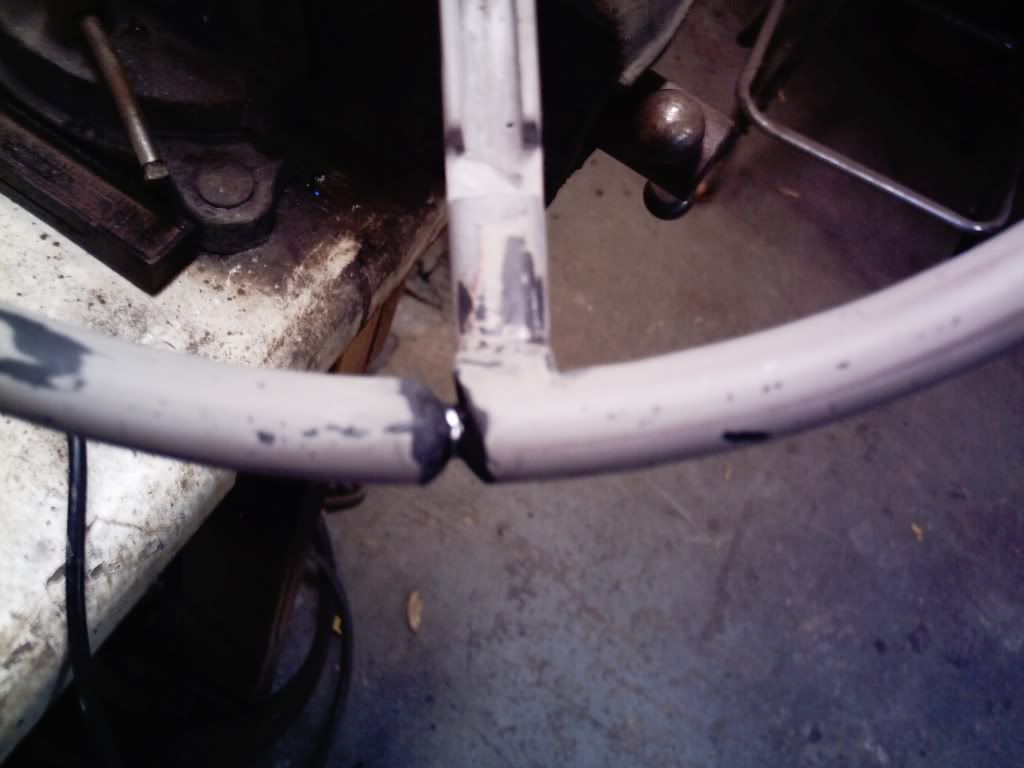
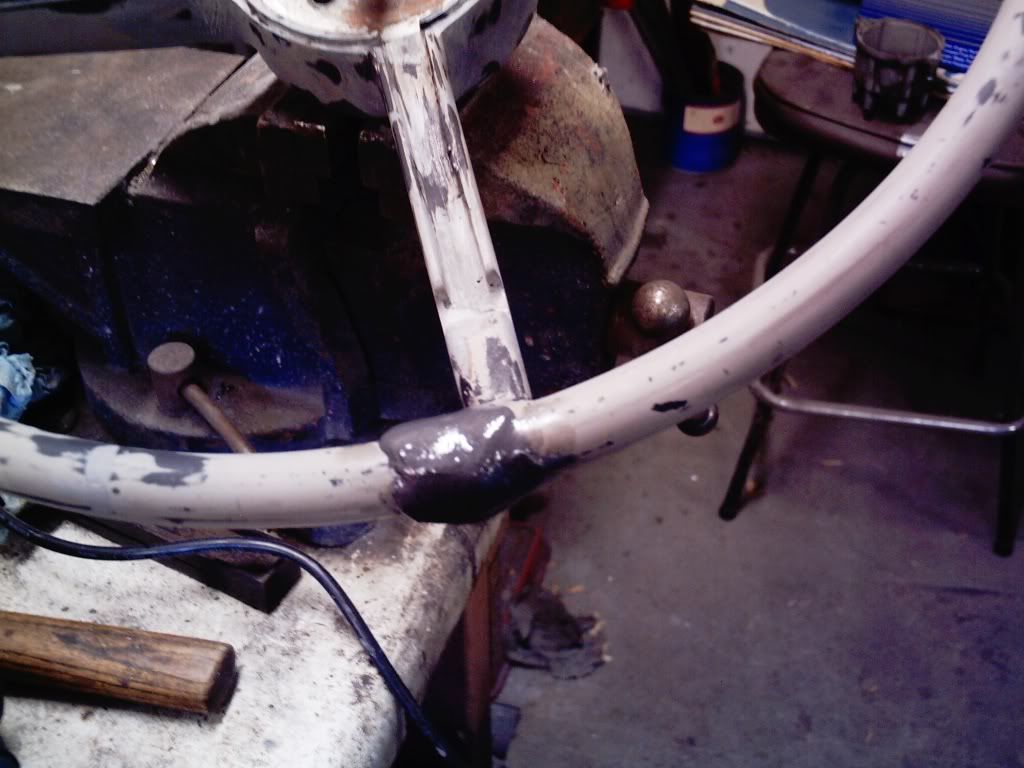
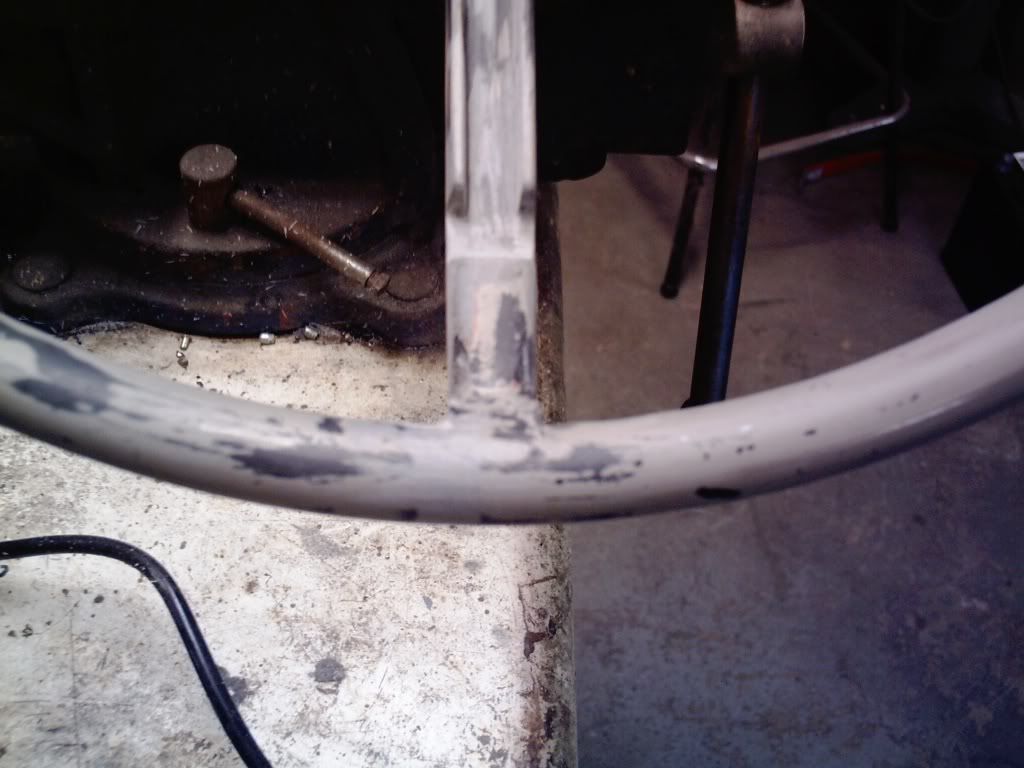
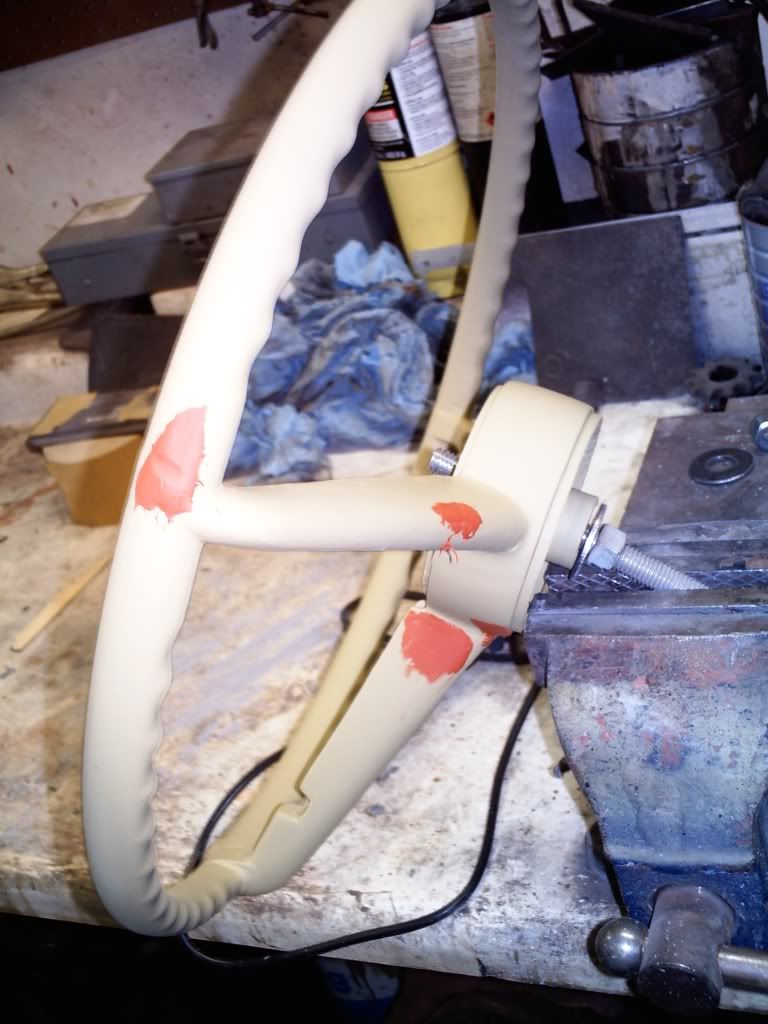
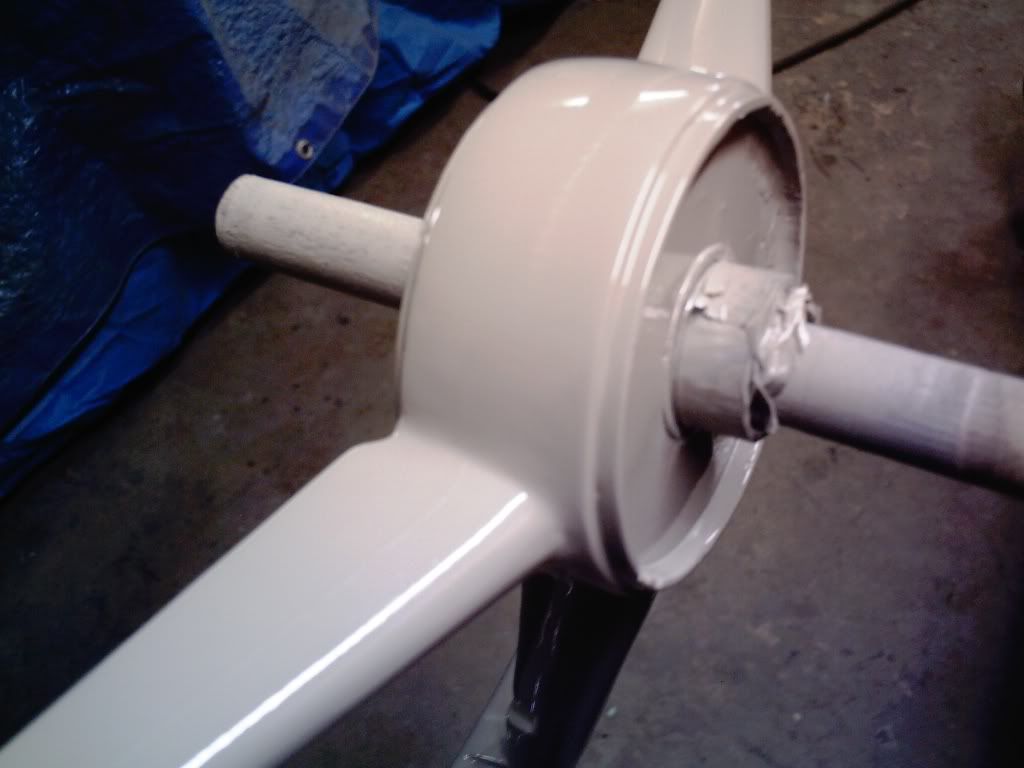
Comment